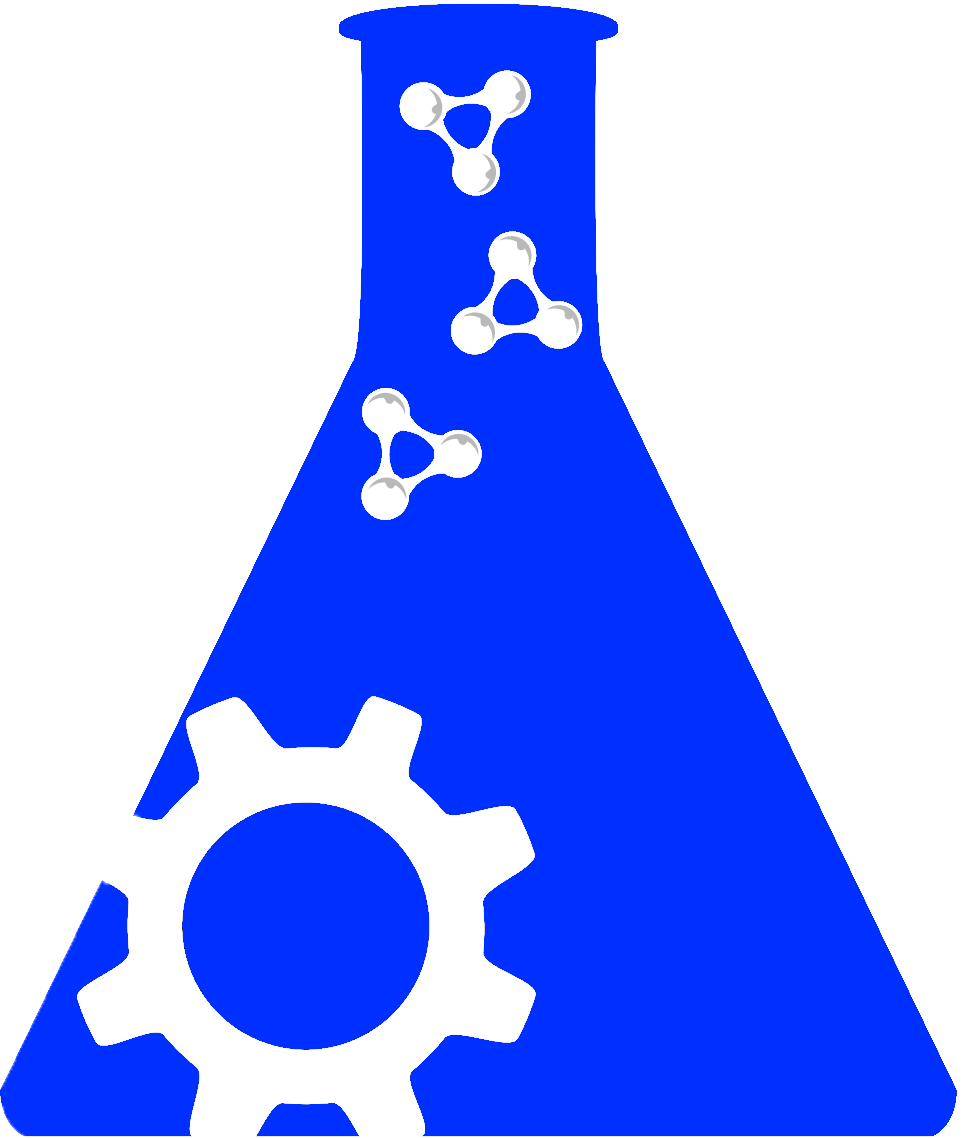Excess sphingomyelin disturbs ATG9A trafficking and autophagosome closure. (original) (raw)
Searching across hundreds of databases

Our searching services are busy right now. Please try again later
X
Forgot Password
If you have forgotten your password you can enter your email here and get a temporary password sent to your email.
X
Forgot Password
If you have forgotten your password you can enter your email here and get a temporary password sent to your email.
Autophagy | 2016
Sphingomyelin is an essential cellular lipid that traffics between plasma membrane and intracellular organelles until directed to lysosomes for SMPD1 (sphingomyelin phosphodiesterase 1)-mediated degradation. Inactivating mutations in the SMPD1 gene result in Niemann-Pick diseases type A and B characterized by sphingomyelin accumulation and severely disturbed tissue homeostasis. Here, we report that sphingomyelin overload disturbs the maturation and closure of autophagic membranes. Niemann-Pick type A patient fibroblasts and SMPD1-depleted cancer cells accumulate elongated and unclosed autophagic membranes as well as abnormally swollen autophagosomes in the absence of normal autophagosomes and autolysosomes. The immature autophagic membranes are rich in WIPI2, ATG16L1 and MAP1LC3B but display reduced association with ATG9A. Contrary to its normal trafficking between plasma membrane, intracellular organelles and autophagic membranes, ATG9A concentrates in transferrin receptor-positive juxtanuclear recycling endosomes in SMPD1-deficient cells. Supporting a causative role for ATG9A mistrafficking in the autophagy defect observed in SMPD1-deficient cells, ectopic ATG9A effectively reverts this phenotype. Exogenous C12-sphingomyelin induces a similar juxtanuclear accumulation of ATG9A and subsequent defect in the maturation of autophagic membranes in healthy cells while the main sphingomyelin metabolite, ceramide, fails to revert the autophagy defective phenotype in SMPD1-deficient cells. Juxtanuclear accumulation of ATG9A and defective autophagy are also evident in tissues of smpd1-deficient mice with a subsequent inability to cope with kidney ischemia-reperfusion stress. These data reveal sphingomyelin as an important regulator of ATG9A trafficking and maturation of early autophagic membranes.
Pubmed ID: 27070082 RIS Download
Research resources used in this publication
None found
Antibodies used in this publication
None found
Associated grants
- Agency: European Research Council, International
Id: 340751
This is a list of tools and resources that we have found mentioned in this publication.
Fiji (tool)
RRID:SCR_002285
Software package as distribution of ImageJ and ImageJ2 together with Java, Java3D and plugins organized into coherent menu structure. Used to assist research in life sciences.
